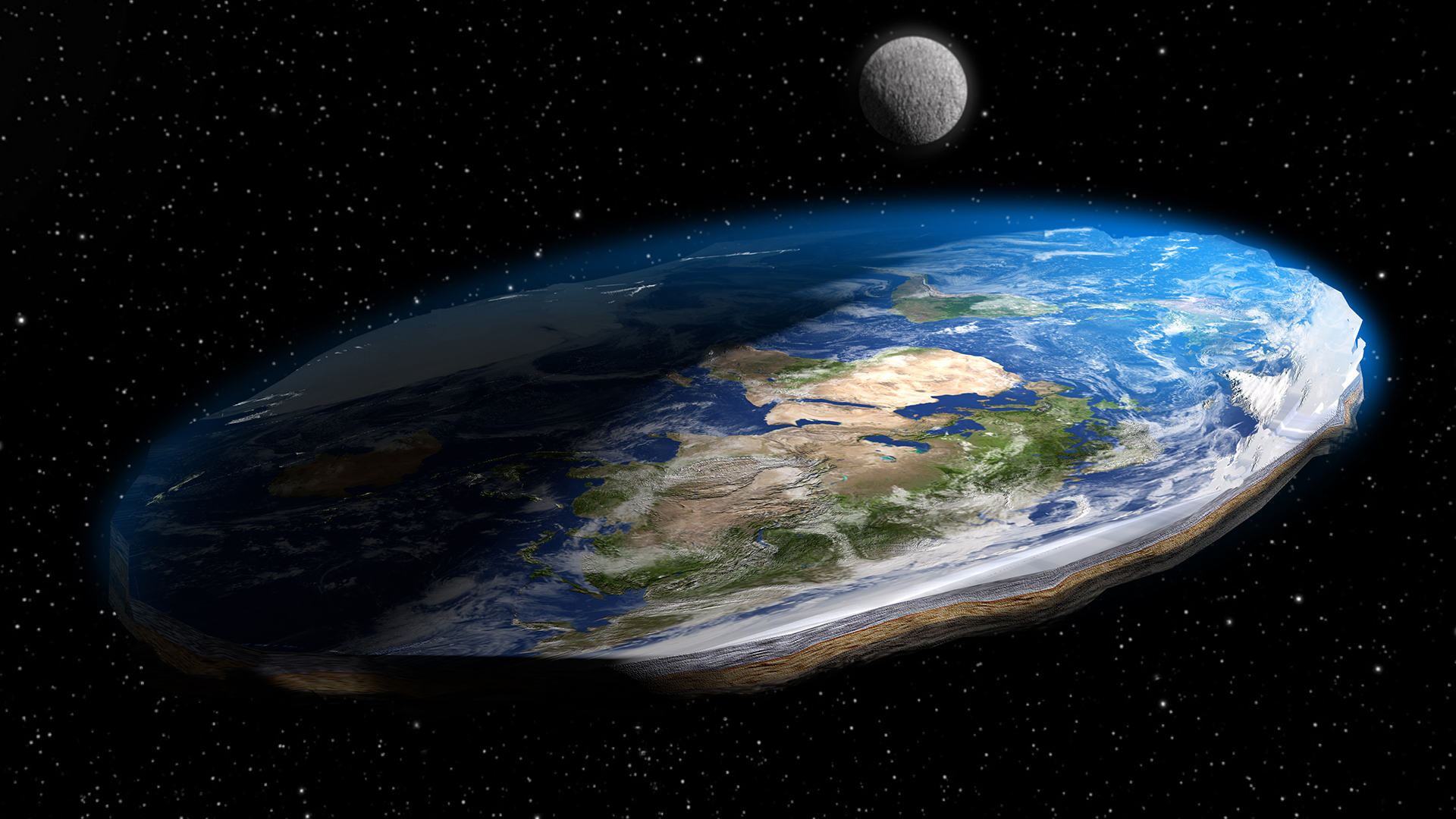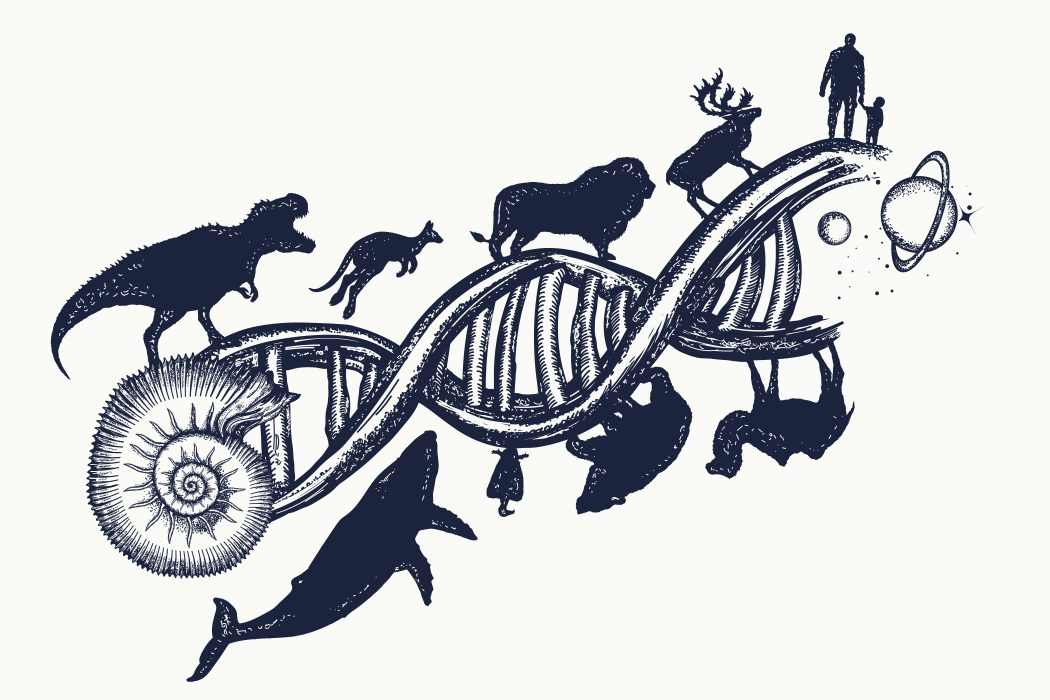While compared to the rest of the Universe, the Earth is tiny, but to us its size is quite impressive. Because the Earth is so large compared to the lifeforms that live on it, it is difficult for those lifeforms to study and understand it. A small hedgehog lives his life carefully going from one place to another looking for food. The hedgehog has no idea that there are vast continents, islands, and oceans filled with life. It does not understand the processes that cause the sky to spill rain upon it from time to time. It is only familiar with the things that surround it.
Until only very recently in human history, even the intelligence of human beings did not allow us to understand the planet we live on. One example of our struggle to understand the world around us evident in our understanding of the shape of the Earth itself.
Look out your window. What shape does the Earth appear to be? You know it is round because you have been taught about its global shape, but as you gaze out the window, what shape does it appear to take? Using just our eyes as a tool to understand the world around us, the Earth appears to be flat, and to go on in all directions forever. For many thousands of years, our ancestors believed that they lived on a vast endless flat plane.
Eventually, as the tools and technologies advanced, scientists began to understand our Earth a little better. The ancient Greek scholar Eratosthenes used trigonometry to calculate the shape and size of the Earth. By measuring the angle of the Sun’s rays in one city, and then measuring the angle of the Sun’s rays in another location, and then using these measurements, Eratosthenes calculated that the Earth was approximately 26,700 miles in circumference. This is just a few thousand miles off of the real measurement of 24,900 miles. This is the first time that anyone, either animal or human, had accurately measured and understood both the size and shape of our planet.
But is the Earth Truly Round?
What happens if you take a ball of pizza dough in your hands and begin spinning it in the air? As the dough spins around in quick circles, centrifugal forces tug at the sides of the dough. This causes it to become flatter and flatter. The sides of the ball push further out until you have a flat disk rather than a ball.
Pizza dough is soft and easily flattened with just a small amount of force. Our planet is not soft. Its outer layers are made up of a hard shell-like crust of rocks and dirt. Even though the Earth rotates much faster than the ball of pizza dough, the Earth still remains relatively round. However, this spinning of the Earth does make it somewhat less round at the top and bottom. The difference is real but barely noticeable, making the Earth look more like a slightly flat basketball.
Many topographic differences also affect the overall shape of the Earth. From the lowest place on the surface of the Earth, the Mariana Trench, to Mount Everest, the highest mountain peak on our planet, there is a sizeable difference in height. The Mariana Trench, which lies at the bottom of the ocean, is 35,810 feet (10,915m) below sea level. Mount Everest is 29,028 feet (8848m) above see level. This is a difference of 64,838 feet, or roughly 12 miles (19km).
While this difference seems very large on a human scale, in reality, it is miniscule. If, for example, the Earth were the size of a basketball, it would be difficult for someone to find the bump that represented Mt. Everest, or to find the fold that represented the Mariana Trench. They would both be smaller than the thickness of a piece of paper. If all the mountains, valleys, and streams were accurately represented on the basketball, it would still feel very smooth to the touch.






